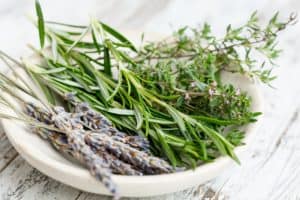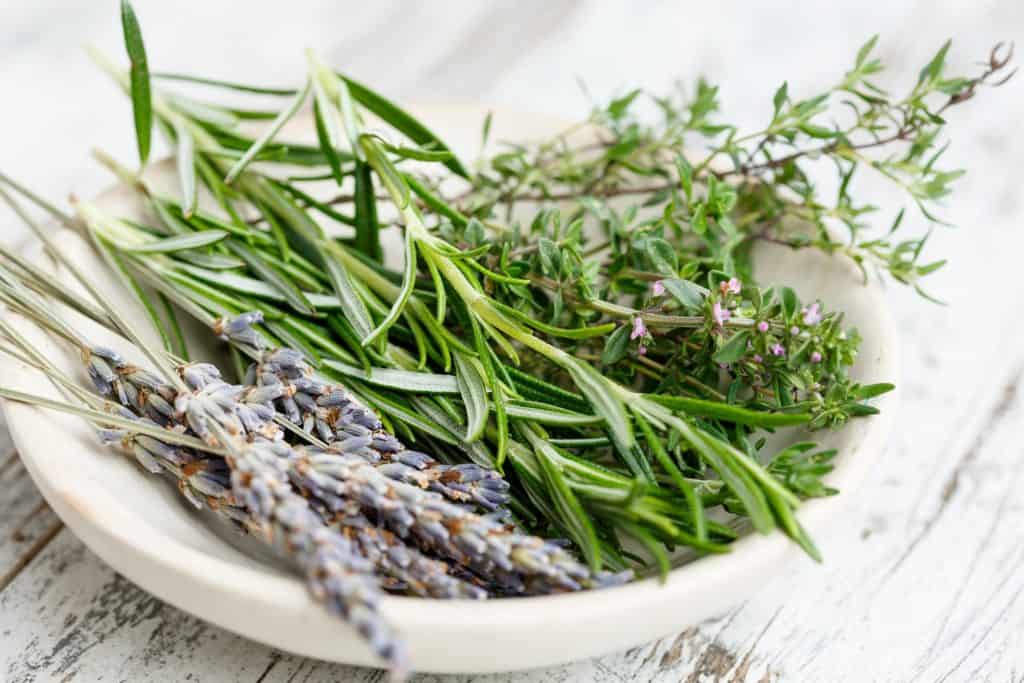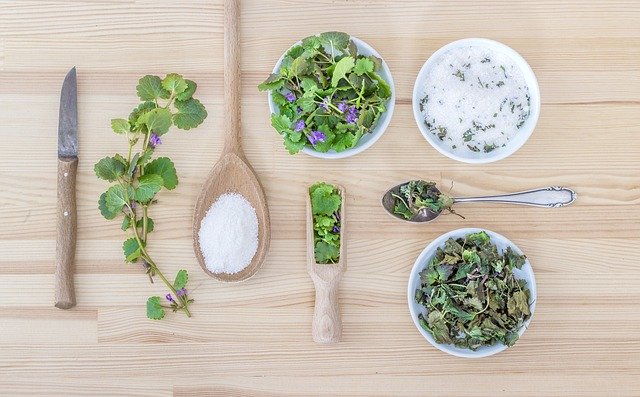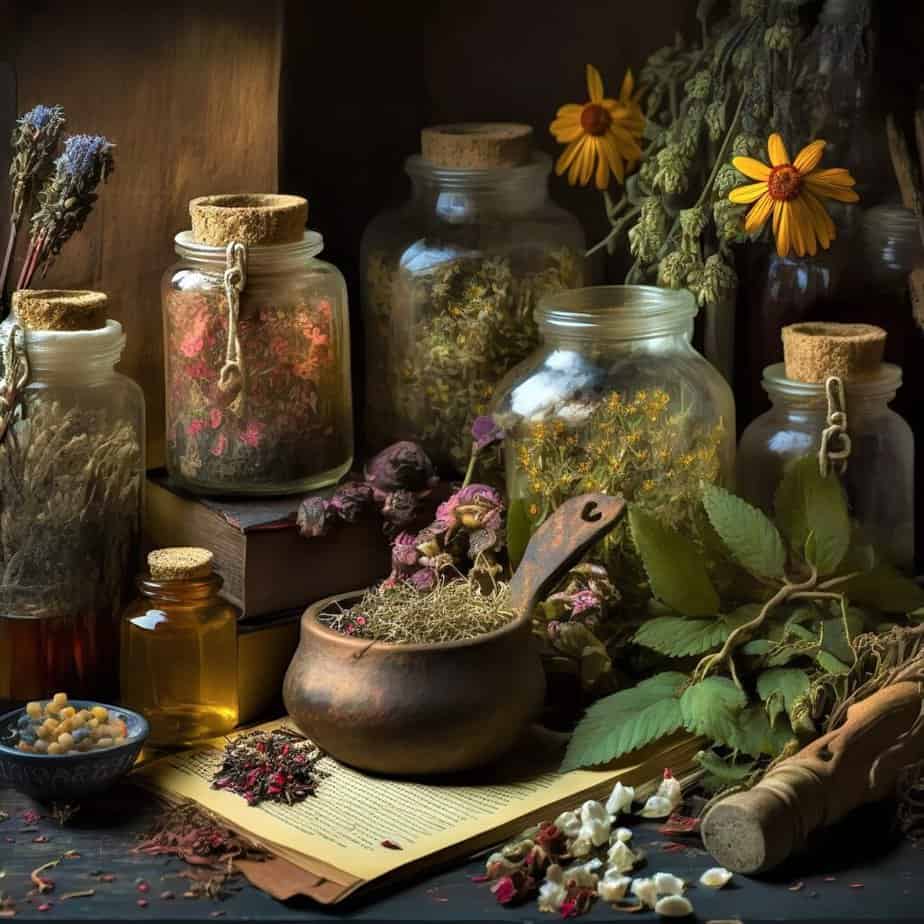Learning plant medicine can seem like a really big topic and feel a bit overwhelming, with all the different types of herbal remedies out there. Learning everything about healing plants can truly take a lifetime but it’s easy to begin your own plant medicine journey by starting small.
This post, is all about learning plant medicine for beginners and is the second post in the plant medicine series. (You can click here to read the first post in the series.)
Here, we’ll look at a simple way to begin learning about plants.
Starting small is the first step to learning plant medicine for beginners
Starting small is a great way to begin understanding each plant. A good practice is to study just one or two plants at a time and see how you can incorporate those into your life.
As you go about this process, you’ll begin to see that there are many plants with healing properties that can be used for many different things. This will begin to build your knowledge base.
If we study one plant at a time, we can learn so much from them and how they can help us with our overall health.
**Safety is key. Not all plants are safe to use. Some are toxic, and some are deadly. It’s important to keep this in mind as you begin your study of plants.
Choose just one or two plants
Start with any plant that you are drawn to.
You might choose something like the wild growing weed called (stinging) nettle. It can be found growing out in the countryside, and while it can be an unpleasant plant to handle, it has a lot of uses. This versatile plant can be used in a variety of ways, including in soups, eaten like spinach, or added to a green smoothie.
This little weed has many of the vitamins and minerals that our body needs to stay healthy. It helps the kidneys, intestines, and arteries as well and can be useful in keeping blood sugar levels stable. Nettle provides plenty of calcium too, and it has also been known to help with chronic headaches. So many benefits out of one little weed from nature.
You might also choose to begin with dandelion, mint, or any of the herbs commonly used in cooking, like basil, thyme, or oregano.
If you do one each month, then over a year’s time, you’ve learned about 12 new plants. That’s progress.

Record your Findings
Record your findings in a journal or notebook. Any of them will do.
- Write in the plant’s name
- Learn everything it will do
- All of its properties and uses
- How to use it in your life
- Include a drawing or a photo of the plant
- Note the benefits of the plant
- Different uses for it
- Characteristics of the plant
You might also want to know if your chosen plant has any lookalikes, since many plants do. These lookalikes may be toxic, so it’s important to know this about any plant you’re working with. Positive identification is essential for safety.
Once you are familiar with its uses and precautions, try using the herb in different ways and record your notes and thoughts for each plant you study.
You’ll quickly learn by doing, and before long, you’ll be sharing what you’ve learned about your chosen herb and its benefits with your friends and family!
Learning Plant Medicine for Beginners Tip – Buy from a reputable supplier
Learning plant medicine for beginners can be tough enough. No need to make it more complicated. For most beginners, it will be easiest to source your herbs from a reputable supplier.
You can find many plants out in the wild, but you must be able to positively identify each plant for safety. If that’s something you’d rather wait to do until you’re more experienced with plants, then you can buy dried herbs to begin.
Of course, you might also want to give growing your own herbs a try. You don’t need to wait until garden season to do it, either. Many culinary herbs can be grown on a sunny windowsill. Basil or rosemary are usually widely available.
Here’s a supplier to purchase dry herbs. This company is the best resource for herbs as of this writing.
(I’m not affiliated with them in any way and I do not earn any commissions from them.)
Summary of Learning Plant Medicine for Beginners
Plants can help heal us and keep us healthy and full of life. Just one plant will often have many different uses and benefits. To make learning about the all the wonderful plants that can be used to help us simple, begin your learning with just one plant. Add another when you’ve learned all you can about that one.
To see other posts in this series, be sure to check out the blog here.
See you next time.
Blessed be.
**Disclaimer: I’m not a medical doctor or an herbalist. This article isn’t intended to be medical advice. Not all plants are safe to use. Some are toxic and can be deadly. Other herbs may cause an allergic reaction in some people. Always consult your doctor, healthcare provider or a qualified herbalist before using any type of plant medicine.
Note: If you’re going to gather plants from the wild, positively identifying them is required for safety. Many plants have look-alikes and not all are safe to use. So being sure that you’re harvesting the right plant is essential. There are many field guides available to help you with this and they’re definitely worth the small investment you’ll make. Safety is a priority.



